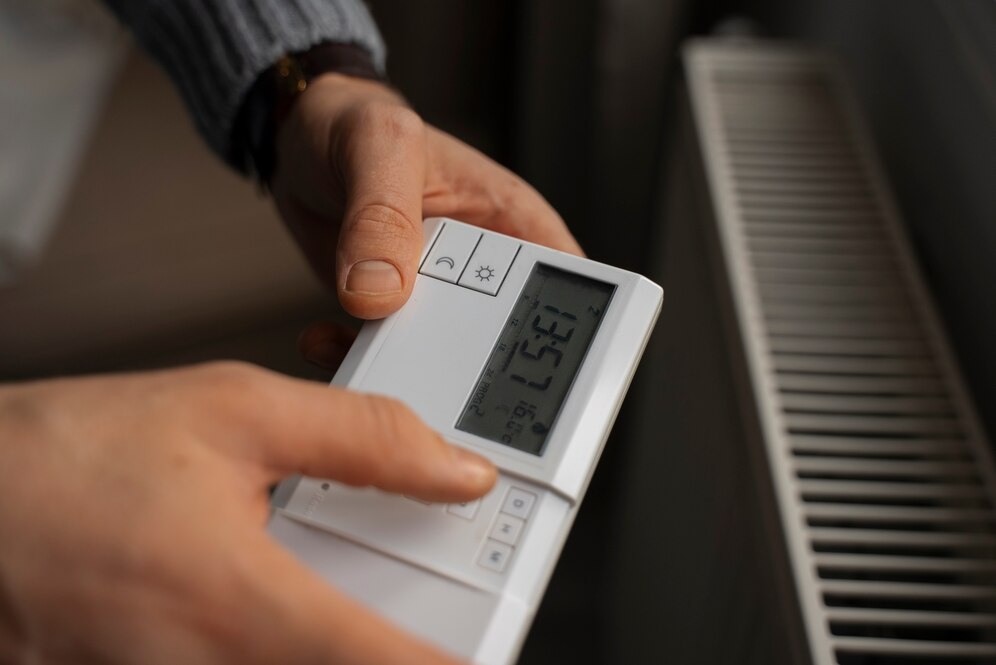In the scorching summer temperatures of Chico, California, managing your air conditioning thermostat becomes crucial, especially when faced with soaring energy bills. While it might not be the most comfortable adjustment, understanding how to optimize your thermostat settings can significantly impact your expenses and overall comfort.
Here’s why setting a warmer indoor temperature during summer makes sense:
- Reduced Run Time: The longer your air conditioner operates, the higher your electricity costs climb. Lowering your thermostat exacerbates this, as it compels your system to run longer. Therefore, minimizing the temperature differential between outdoor and indoor settings can curtail your AC usage and, consequently, lower your utility bills.
- Recommended Settings: The California Energy Commission suggests setting your thermostat to 78°F when at home and 85°F when away during summer. This strategy prevents your home from turning into a sauna while conserving energy. The U.S. Department of Energy endorses this approach, emphasizing that adjusting your thermostat by 10 to 15 degrees for eight-hour stretches can yield significant savings.
- Incremental Adjustment: Some energy conservation proponents advocate pushing thermostat settings even higher. Gradually increasing indoor temperatures by 1 or 2 degrees daily can acclimate your body to warmer conditions, making the transition less abrupt. This gradual approach minimizes the perceived discomfort associated with the temperature differential between indoor and outdoor environments.
To stay comfortable without relying solely on air conditioning:
- Utilize Window Treatments: Close window coverings during daylight hours to block out the sun’s heat.
- Optimize Ceiling Fans: Set ceiling fans to rotate counterclockwise to create a wind-chill effect, allowing you to raise the thermostat by about 4 degrees without feeling warmer.
- Strategically Place Fans: Position table and floor fans strategically, such as in the kitchen while cooking, to enhance cooling.
- Leverage Exhaust Fans: Use kitchen and bathroom exhaust fans to expel heat and humidity quickly.
- Use Whole-House Fans: Run a whole-house fan in the evening to draw in cooler outdoor air and give your AC a respite.
- Stay Hydrated: Drink plenty of water to stay hydrated and maintain comfort.
By optimizing your thermostat settings and implementing these strategies, you can effectively manage indoor temperatures, reduce energy consumption, and alleviate discomfort during hot summer days. If you require further assistance in optimizing your home’s cooling efficiency, don’t hesitate to reach out to us for expert guidance.

